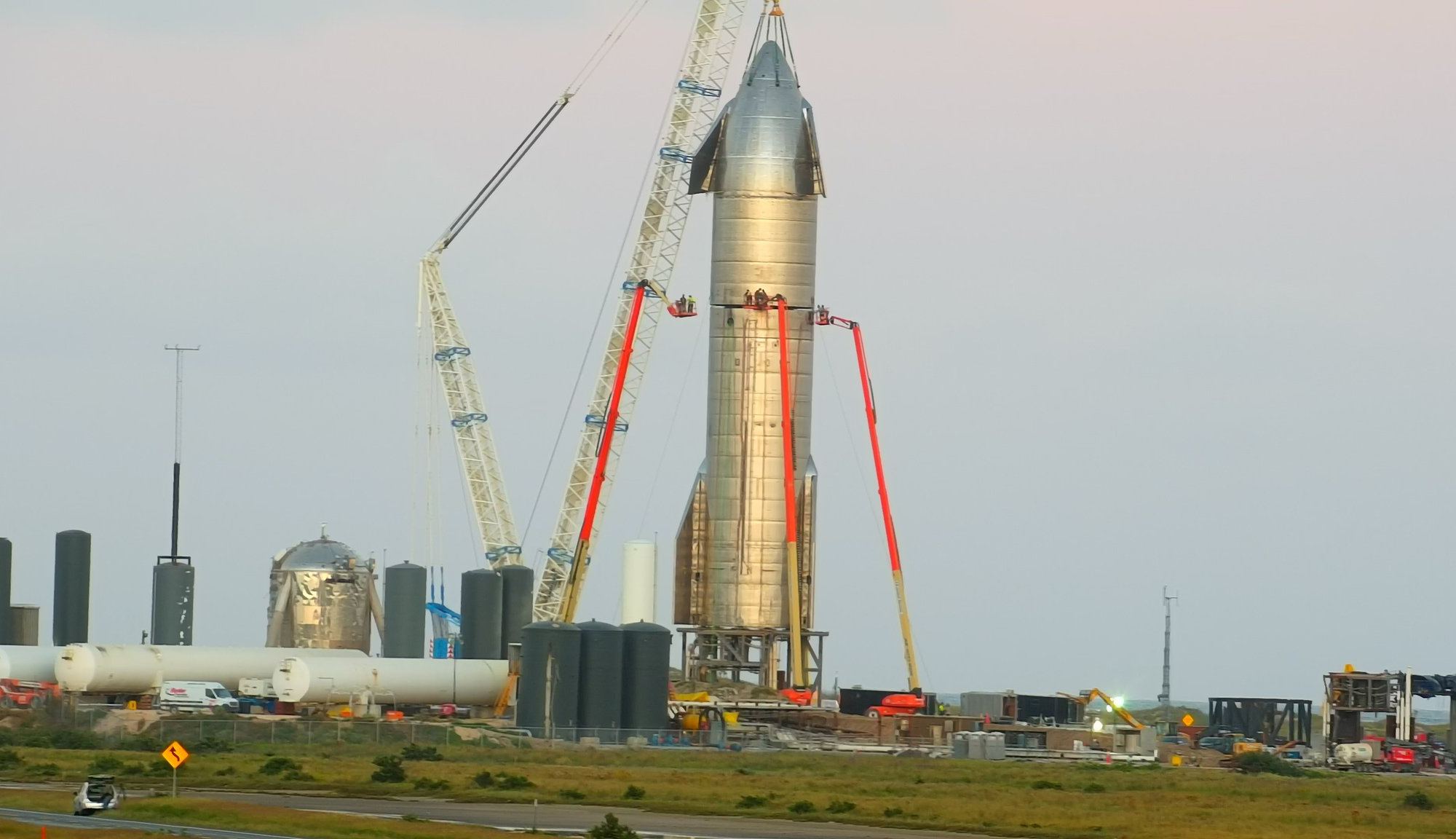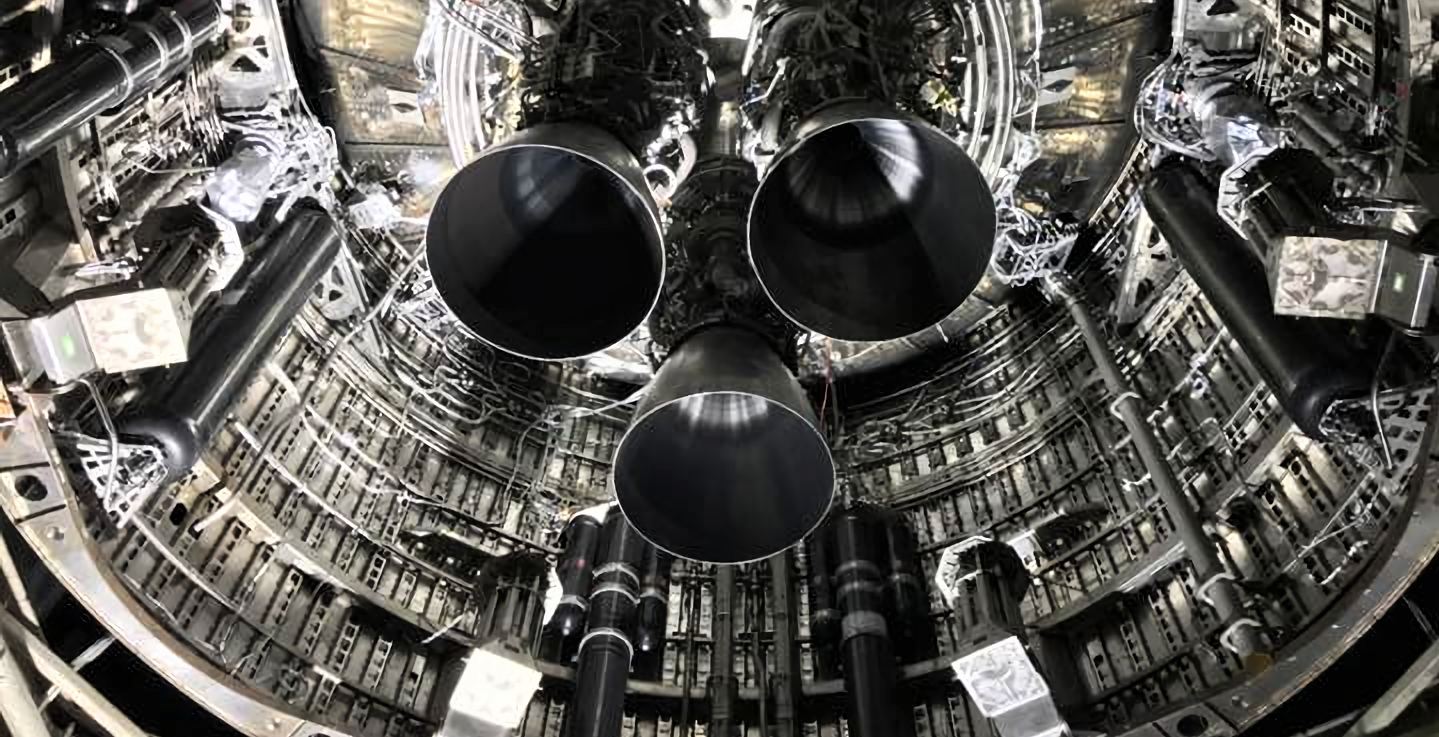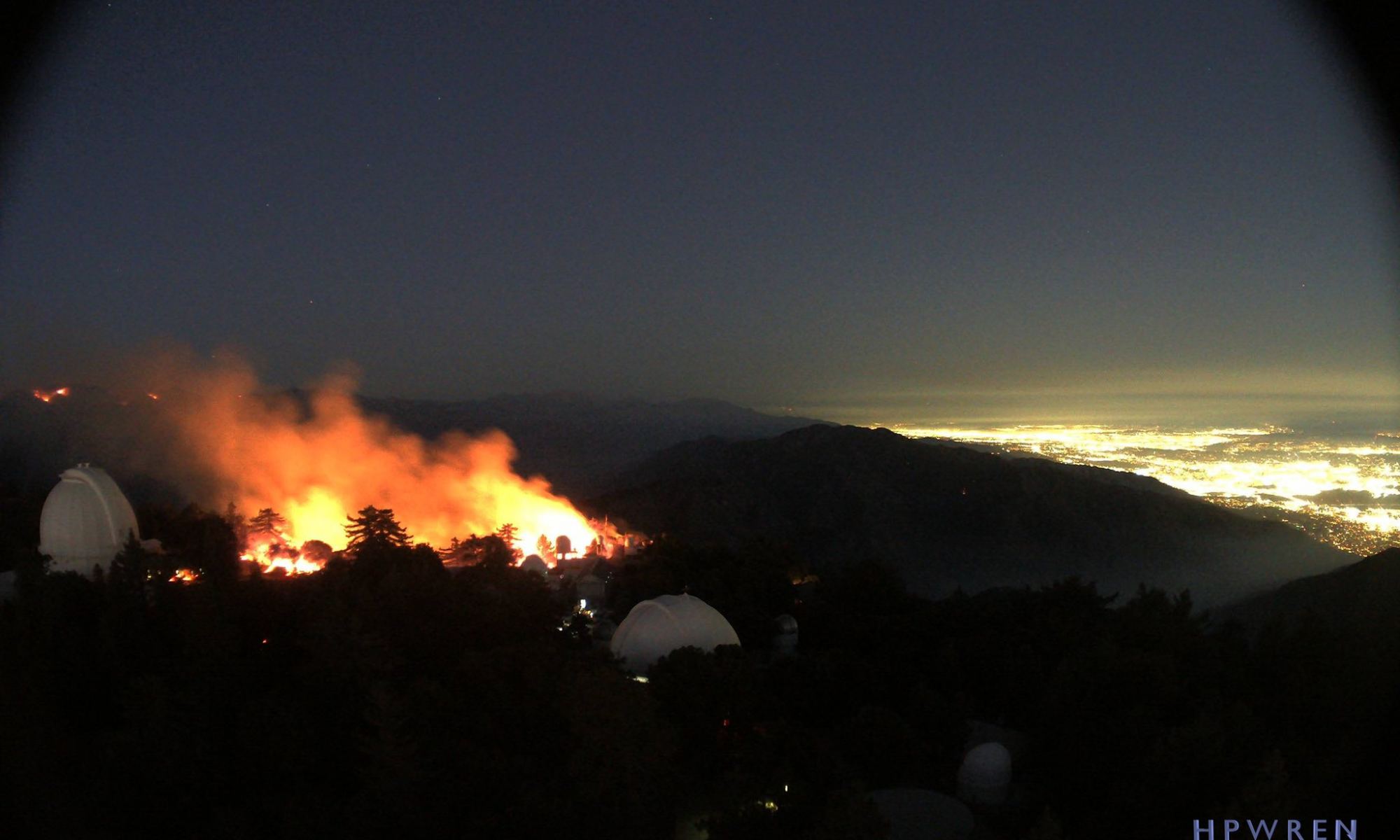In less than four years, NASA will be sending the “first woman and next man” to the Moon as part of the Artemis III mission. This will be the first time that astronauts have landed on the lunar surface since the final mission of the Apollo Program, which was Apollo 17 in 1972. After careful consideration, NASA has announced the names of the 18 astronauts that make up the Artemis Team.
Continue reading “NASA Announces its Artemis Astronauts: 18 People Training to Fly to the Moon”Chuck Yeager, the First Man to Break the Sound Barrier has Died. He was 97

On Dec.7th, 2020, World War II flying ace and legendary test pilot General Chuck Yeager passed away while in hospital in Los Angeles. He was 97 years of age and is survived by his second wife, Victoria Yeager (nee Victoria Scott D’Angelo), and his three children, Susan, Don, and Sharon. Yeager is interred at Arlington National Cemetery outside of Washington D.C. with full military honors.
Continue reading “Chuck Yeager, the First Man to Break the Sound Barrier has Died. He was 97”That’s no Asteroid, it’s a Rocket Booster
Back in September, astronomers using the Panoramic Survey Telescope and Rapid Response System 1 (Pan-STARRS1) noticed an object in a distant orbit around Earth. Initially, the object (designed 2020 SO) was thought that be a near-Earth Asteroid (NEA). But based on the curious nature of it’s and the way solar radiation appeared to be pushing it off course, NASA scientists theorized that 2020 SO might be a spent rocket booster.
This was the tentative conclusion reached by staffers at the NASA Center for Near-Earth Object Studies (CNEOS) at NASA JPL. Specifically, they theorized that the object was the spent upper stage booster of the Centaur rocket that launched the Surveyor 2 spacecraft towards the Moon in 1966. This theory has since been confirmed thanks to new information provided by CNEOS and the NASA Infrared Telescope Facility (IRTF).
Continue reading “That’s no Asteroid, it’s a Rocket Booster”Will the Starship Make a 15 km Hop Test on Wednesday?
Update: According to FAA flight restrictions that were redacted yesterday (Dec. 3rd), the date for the hop test has since been moved to Monday, Dec. 7th, at the earliest. The altitude of the test has also been dropped from 15 km to 12.5 km (41,000 ft).
SpaceX has really hit its stride lately! Throughout the Summer of 2020 and well into the Fall, the company has experienced a string of successes with the construction and testing of its Starship prototypes. This has included multiple cryogenic load tests, static fire tests, test tank pressure tests, and even two 150 m (~500 ft) hop tests. And now, it looks like SpaceX could be making its first high-altitude flight test as early as tomorrow!
This test will see the first Starship prototype with three Raptor engines (SN8) fly to an altitude of 15 km (9.3 mi) before returning home safely. The engineering teams will be using this test to validate the Starship maneuvering fins as well, conducting a “belly-flop” maneuver that will see how the spacecraft’s aerodynamic surfaces allow it to make controlled landings on bodies that have an atmosphere.
Read moreSpaceX Starship Passes Static Fire Test With Three Raptor Engines, Finally Gets Nose Cone!
It’s beginning to look like SpaceX will attempt to make the 15 km (9.3 mi) hop test before Christmas! After two successful 150 m (~500 ft) hops with the SN5 and SN6 prototypes, engineers at SpaceX’s Boca Chica launch facility in South Texas rolled out the SN8 – the first Starship prototype to have three Raptor engines. But before the SN8 can conduct a high-altitude test flight, the engineers needed to run a static fire test.
This test is crucial to ensuring that the Starship‘s interior plumbing can handle its cryogenic propellants, and is the last milestone before the Starship can conduct a high-altitude flight. On the evening of Tuesday, October 20th, that’s exactly what they did! At 3:13 AM local time (01:13 AM PDT; 04:13 AM EDT), the SN8 fired up its three Raptor engines and kept firing them for several seconds straight.
Continue reading “SpaceX Starship Passes Static Fire Test With Three Raptor Engines, Finally Gets Nose Cone!”Elon Musk Shares a View of Starship With Three Raptor Engines Installed
SpaceX has been very busy lately with the development of its Starship prototypes. Based on recent activity at its Boca Chica facility, and recent images provided by Musk himself, it looks like they are about ready to make their biggest leap yet. Yesterday, on Oct. 14th, Musk announced that the eighth prototype of the Starship (SN8) has received the three Raptor engines it will use to make its planned 15.25 km (50,000 ft).
Continue reading “Elon Musk Shares a View of Starship With Three Raptor Engines Installed”Starman Just Made his Closest Approach to Mars
On February 6th, 2018, SpaceX successfully launched its Falcon Heavy rocket, the most powerful launch vehicle in their rocket family, and in service today. Not only was this a major milestone for SpaceX, it was also the biggest public relations coup ever orchestrated by Musk. For this launch, Musk decided that the payload would be his cherry Tesla Roadster with a SpaceX spacesuit (affectionately named “Starman”) at the wheel.
Those who watched the live footage of the event (or caught the compilation video released shortly after) are not likely to forget Starman and the Roadster orbiting Earth as David Bowie played in the background. At the time, it was also anticipated that Starman and the Roadster would eventually make a close pass of Mars. Two years after launch, Starman finally accomplished a flyby of the Red Planet!
Continue reading “Starman Just Made his Closest Approach to Mars”NASA’s New Budget for Artemis? $28 Billion
It’s no exaggeration to say that NASA’s plans to return astronauts to the Moon has faced its share of challenges. From its inception, Project Artemis has set some ambitious goals, up to and including placing “the first woman and next man” on the Moon by 2024. Aside from all the technical challenges that this entails, there’s also the question of budgets. As the Apollo Era taught us, reaching the moon in a few years doesn’t come cheap!
Funding is an especially sticky issue right now because of the fact that we’re in an election year and NASA may be dealing with a new administration come Jan of 2021. In response, NASA announced a budget last week (Mon. Sept 21st) that put a price tag on returning astronauts to the Moon. According to NASA, it will cost taxpayers $28 billion between 2021 and 2025 to make sure Project Artemis’ meets its deadline of 2024.
Continue reading “NASA’s New Budget for Artemis? $28 Billion”It Looks Like Firefighters Saved Mt. Wilson Observatory
Every year, the Pacific Northwest and California experience “wildfire season,” a period where heat and low humidity combine, leading to an increased risk of fires. This year has been particularly bad and in California alone, wildfires have destroyed over two million acres of land, forced hundreds of thousands of people from their homes, and threatened many historic institutions and landmarks.
One of them is the Mount Wilson Observatory that sits atop Mount Wilson in the San Gabriel Mountains overlooking Pasadena (northeast of LA). This famous observatory is home to several telescopes that were, for a time, the largest of their kind in the world. And thanks to the heroic efforts of firefighters, it looks as though the Mt. Wilson Observatory is now safe amid a particularly bad wildfire season.
Continue reading “It Looks Like Firefighters Saved Mt. Wilson Observatory”








